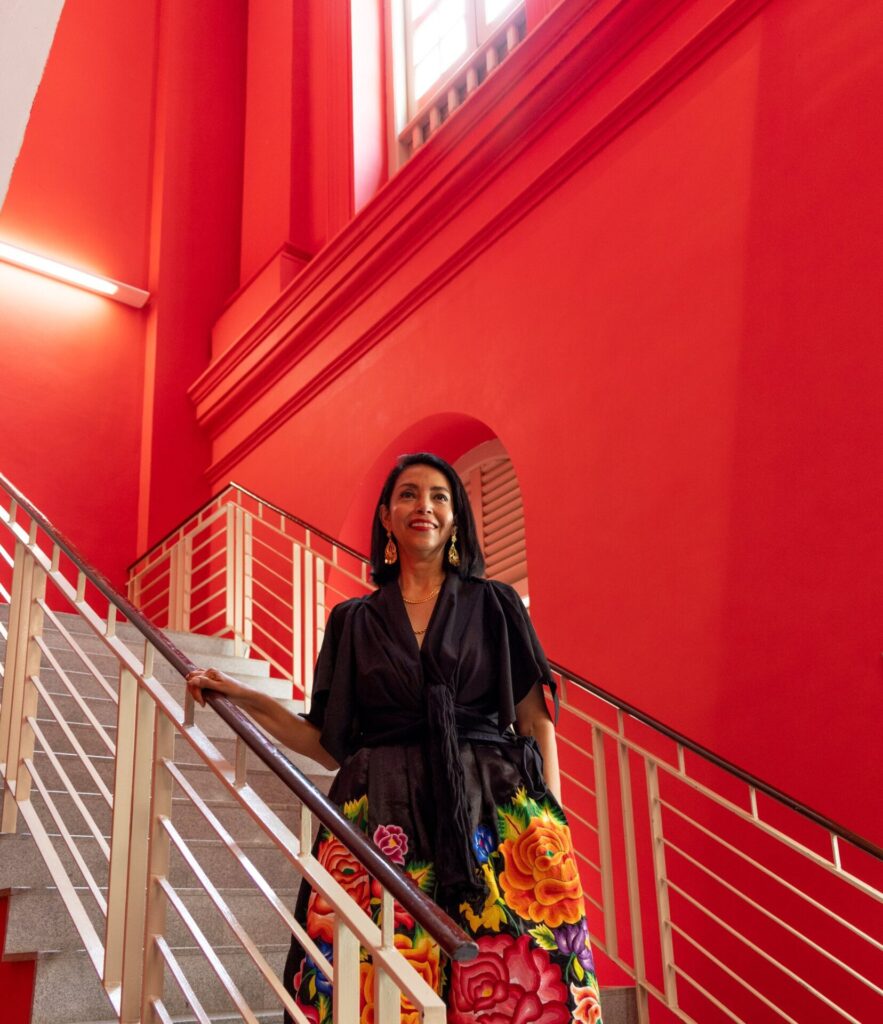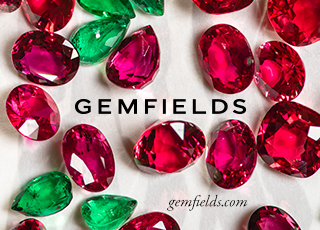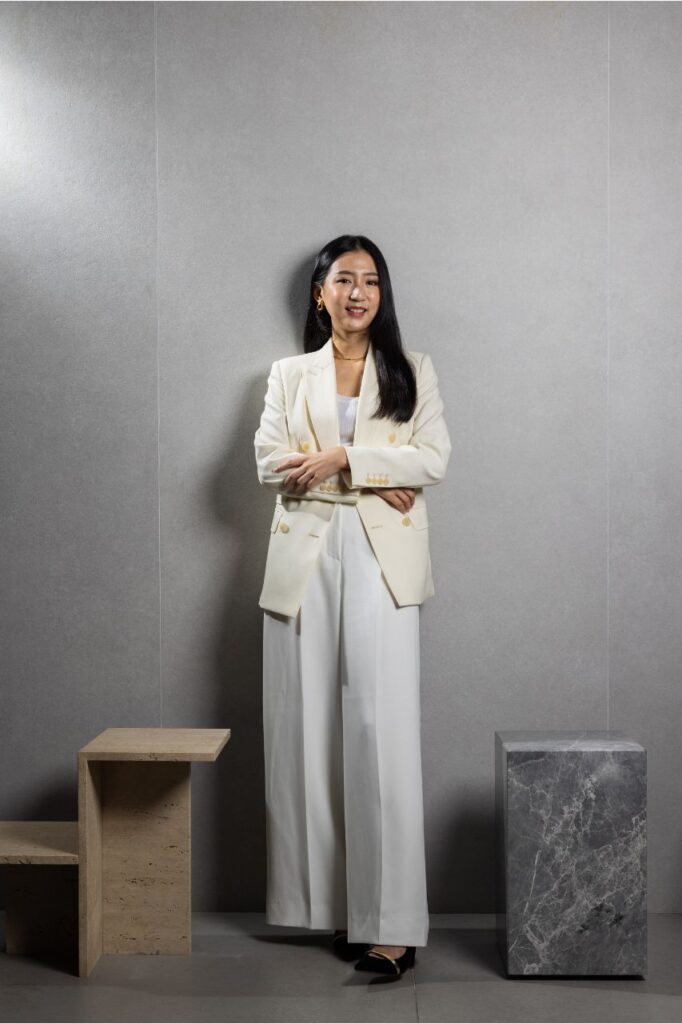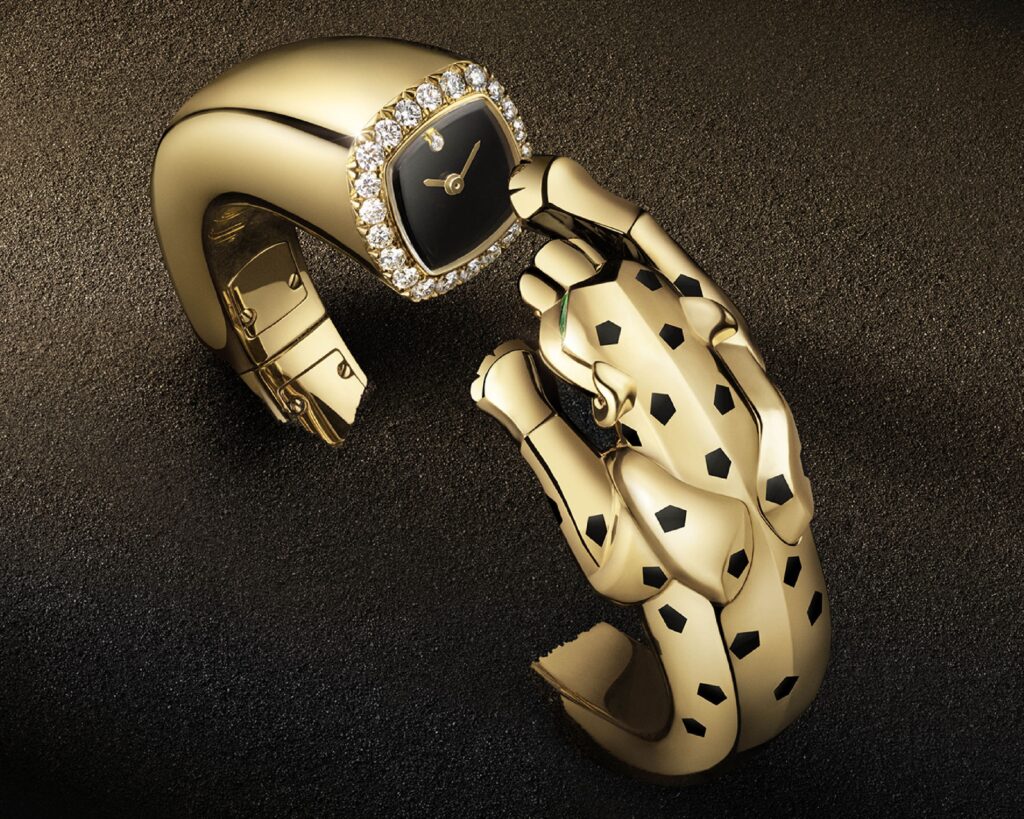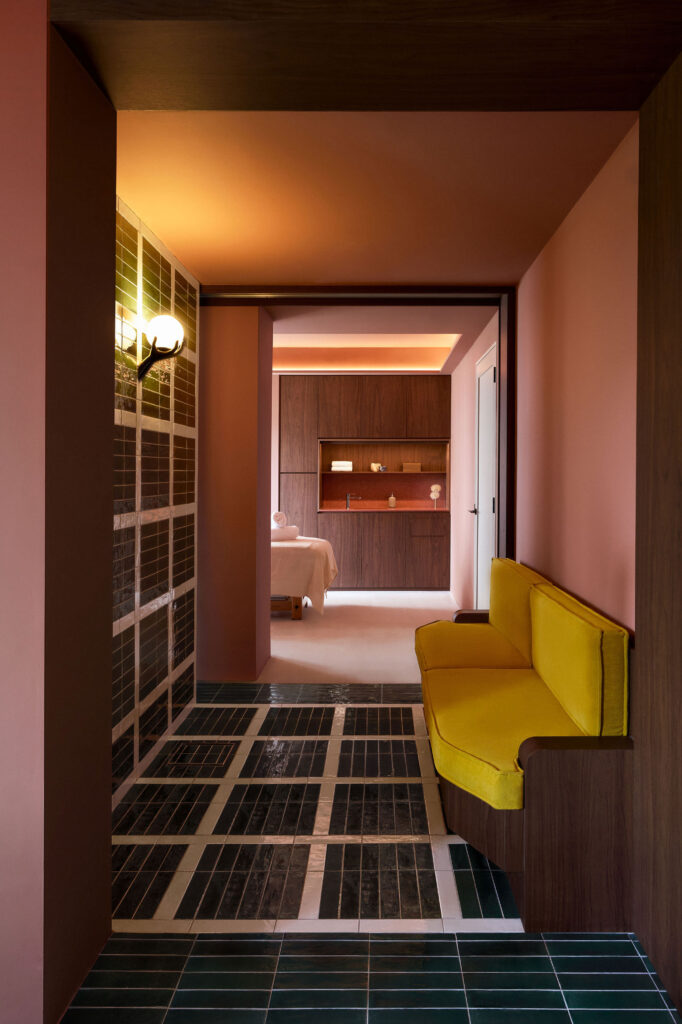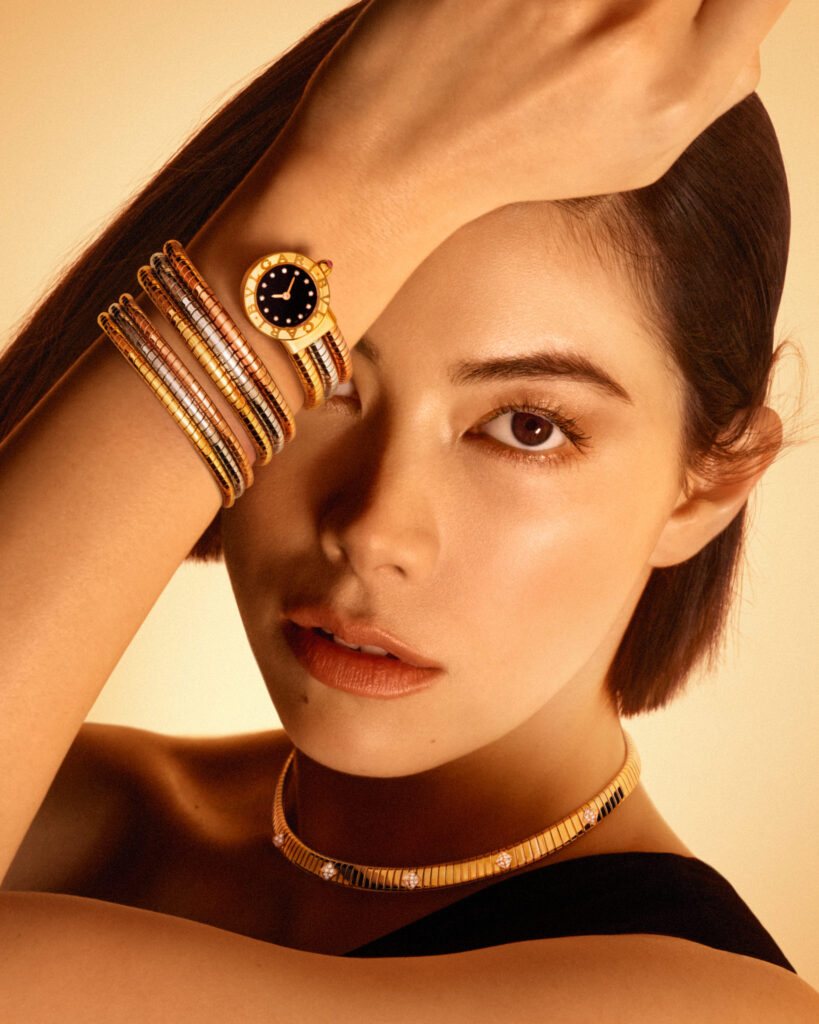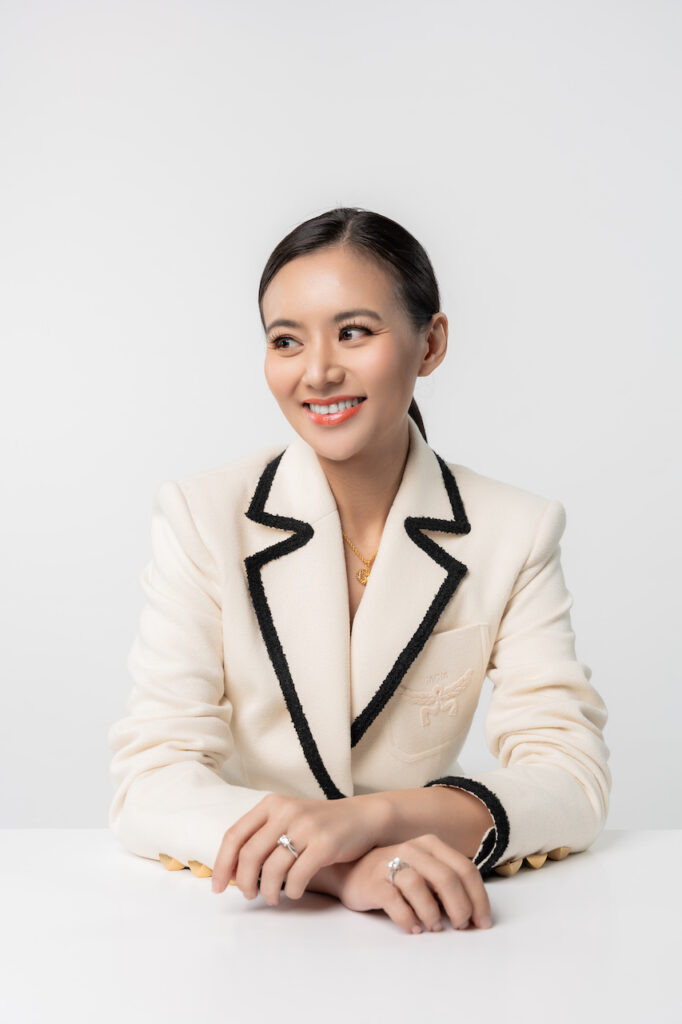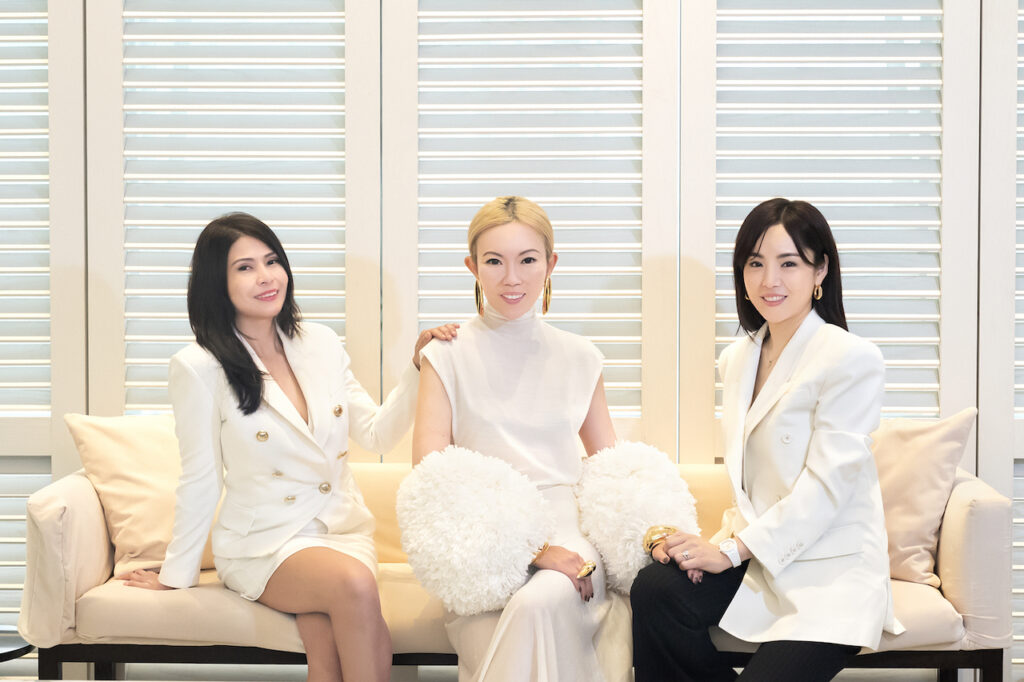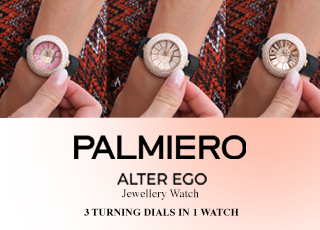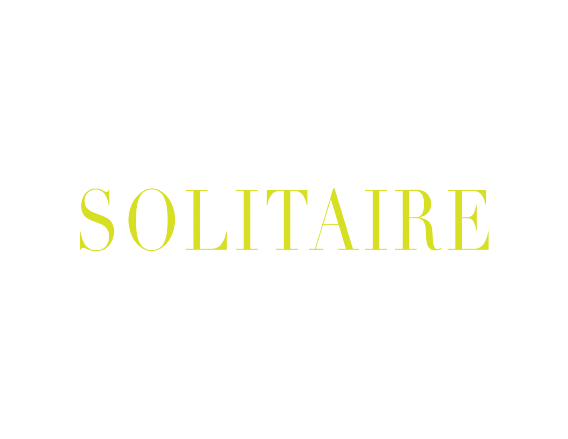by Victor Chen, Photos courtesy of Asian Civilisations Museum, Portraits by Alvinn Lim
- Sixteen years ago, artist and curator Lidia Riveros started organising community installations dedicated to the Day of the Dead
- The independent curator brings her native Mexican culture to Singapore and other distant shores with the help of a community of volunteers
- Lidia is the Artistic Director and Curator of two installations at ‘Manila Galleon From Asia to the Americas’ exhibition on view at the ACM until 17 March 2024
Mexican artist and folk curator Lidia Riveros has earned the unlikely sobriquet ‘secret weapon’. She is soft-spoken if direct, smart but never overbearing, and possessed with ideas that burble behind her constant smile.
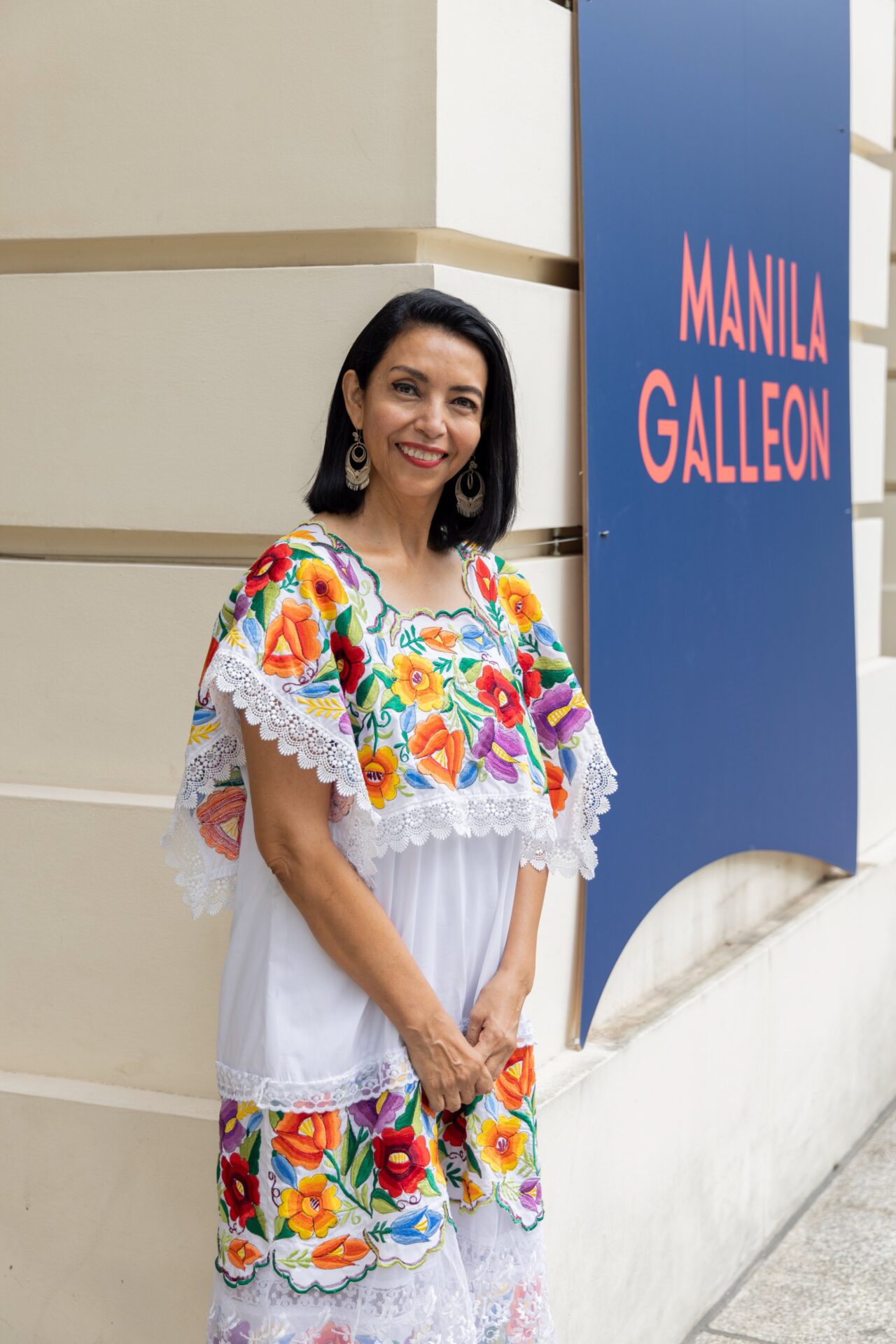
Nothing in her person suggests weaponry, unless one considers the way she organises her work: quietly, efficiently, effectively. She often rallies groups of volunteers behind her projects that turn into community efforts.
Sixteen years ago, Lidia started organising community installations dedicated to the Day of the Dead. She had just arrived in Singapore and was eager to share her Mexican roots. She was also, back then, the president of the Spanish Women Association.





Her installations started out small but have increasingly grown as their popularity soared. Her latest Day of the Dead commemoration at the Asian Civilisations Museum (ACM) was spectacular, the product of her imagination and cumulative experiences in mobilising groups of volunteers.
“This latest installation not only allows me to showcase my Mexican heritage but also presents a unique opportunity for people in Singapore to gain a deeper understanding of our shared human experiences, fostering cultural appreciation, empathy, and a sense of connection and mutual learning that transcend geographical boundaries and enrich our global perspectives,” Lidia says.
The Mexican Embassy in Singapore, and organisations such as the National Museum, Asian Civilisation Museum, and Gardens by the Bay have been invaluable supporters and collaborators in bringing her vision of community installations about Day of the Dead and Mexican culture to life.
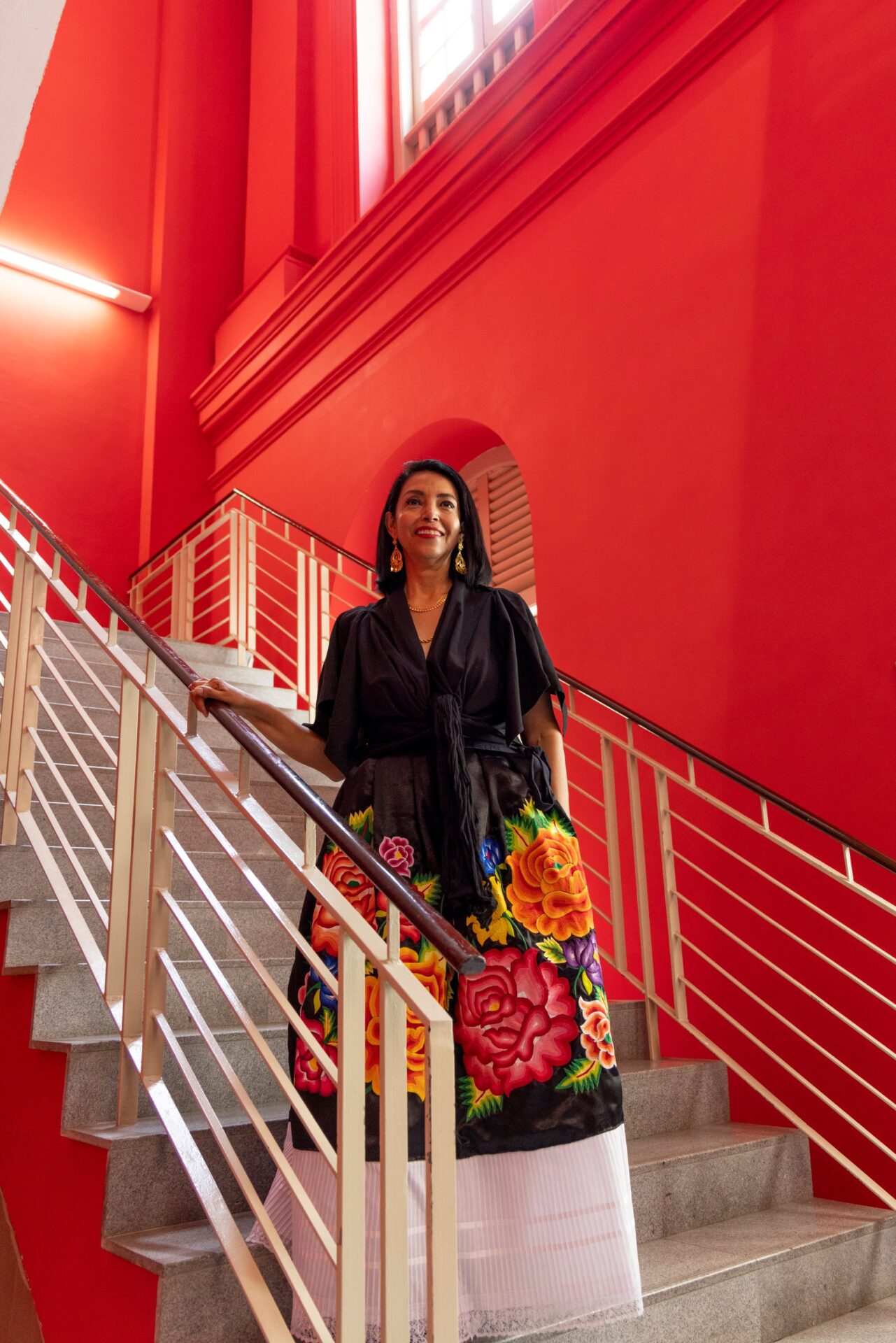
“Their enthusiastic participation and assistance have significantly enhanced the cultural exchange and educational impact of these initiatives, allowing me to reach a wider audience and create more meaningful connections between Mexican and Singaporean cultures.”
At the Manila Galleon From Asia to the Americas, showing at the ACM until 17 March 2024, Lidia is once again involved as Artistic Director and Curator of two installations. One of them showcases the jewellery traditions of Mexico. “They are rich and diverse,” Lidia says, “reflecting the country’s cultural history and influences from various indigenous communities and European settlers.
“One can identify three key points about Mexico’s jewellery traditions. Firstly, Mexican jewellery draws strong inspiration from pre-Hispanic civilisations like the Aztecs and the Mayas, featuring symbolic motifs and materials such as gold, silver, and semi-precious stones.

“Secondly, Mexico, especially Taxco, is renowned for its silver jewellery and craftsmanship, with artisans producing high-quality pieces marked “925” to signify their silver content.
“And finally, Mexican jewellery traditions also include colourful Talavera ceramic designs and intricate Huichol beadwork, adding diversity to the country’s jewellery heritage.”
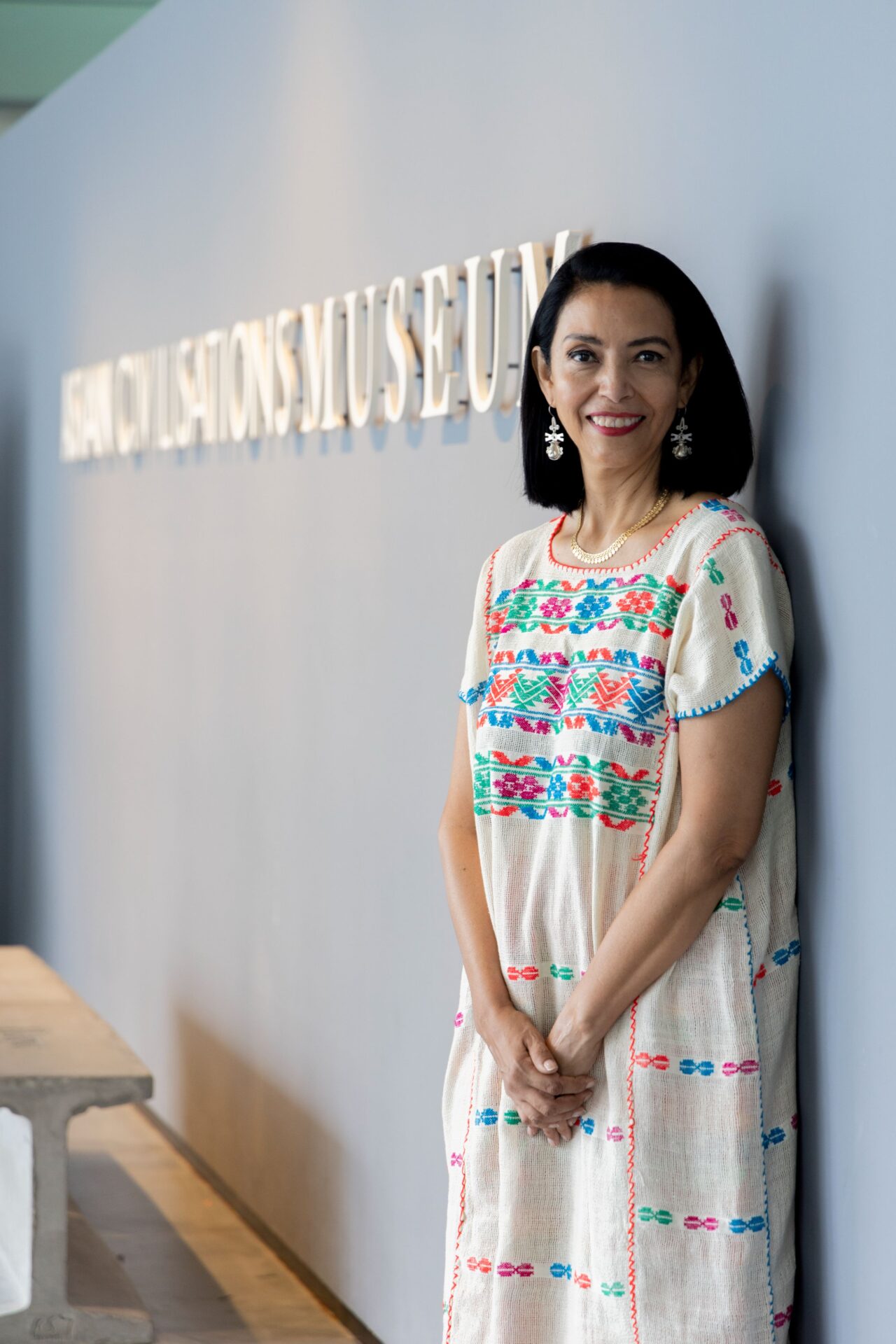
These jewellery traditions are intertwined with Mexico’s history, Lidia explains. “First of all, Mexican jewellery traditions incorporate many artistic, spiritual and cultural elements of ancient Mexican civilisations, such as the Aztecs and the Mayas.
“In addition, the discovery and influence of silver on Mexican jewellery is a direct result of Spanish colonisation which, quite naturally, has been instrumental in defining Mexico’s more recent history as well as its economic landscape.”
She points out that one cannot ignore the impact of the indigenous and European cultural fusion, through which modern techniques are gradually adopted to preserve more ancient traditions.
Several factors supported the development of these traditions. “The availability of natural resources is an important influence. This includes not only silver but copper, gold and, of course, semi-precious stones, and provide ample opportunities for making the most fascinating pieces of jewellery.





“Similarly, spirituality, perhaps more dominant as a pre-Hispanic influence, and more organized religion in modern times both have served to influence artists and artisans in their designs.
“And one must not forget that Mexico stands out as a strong cultural melting pot of both European and indigenous influences. A direct consequence of this type of cultural exposure is the birth of new and innovative ideas that eventually find their way into design and creation of new materials.”
Lidia does not have any exhibitions line up at the moment. Her time was devoted to the Manila Galleon exhibition which opened in November 2023. “I focused fully on this exhibition. I normally present my proposals at the beginning of the year.”





Although she keeps mum about her immediate plans, she shares that her dream exhibition is based more on locations that on themes. “That means I would love to expand my ideas to other places in Asia, beyond Singapore. I would like to share the Mexican culture and experience with people from the neighbouring countries.”
Exhibitions are more than just projects for Lidia. They are platforms for her self-expression as an artist. “My exhibitions are based on installations, which are artistic in nature and, therefore, can give me a big opportunity to express myself freely.
“Through these exhibitions, I can share my appreciation for living, and working in a multi-cultural society with many people from different backgrounds. Installations give me the universal language to talk to people about my strong belief in cultural awareness, unity and community engagements.”
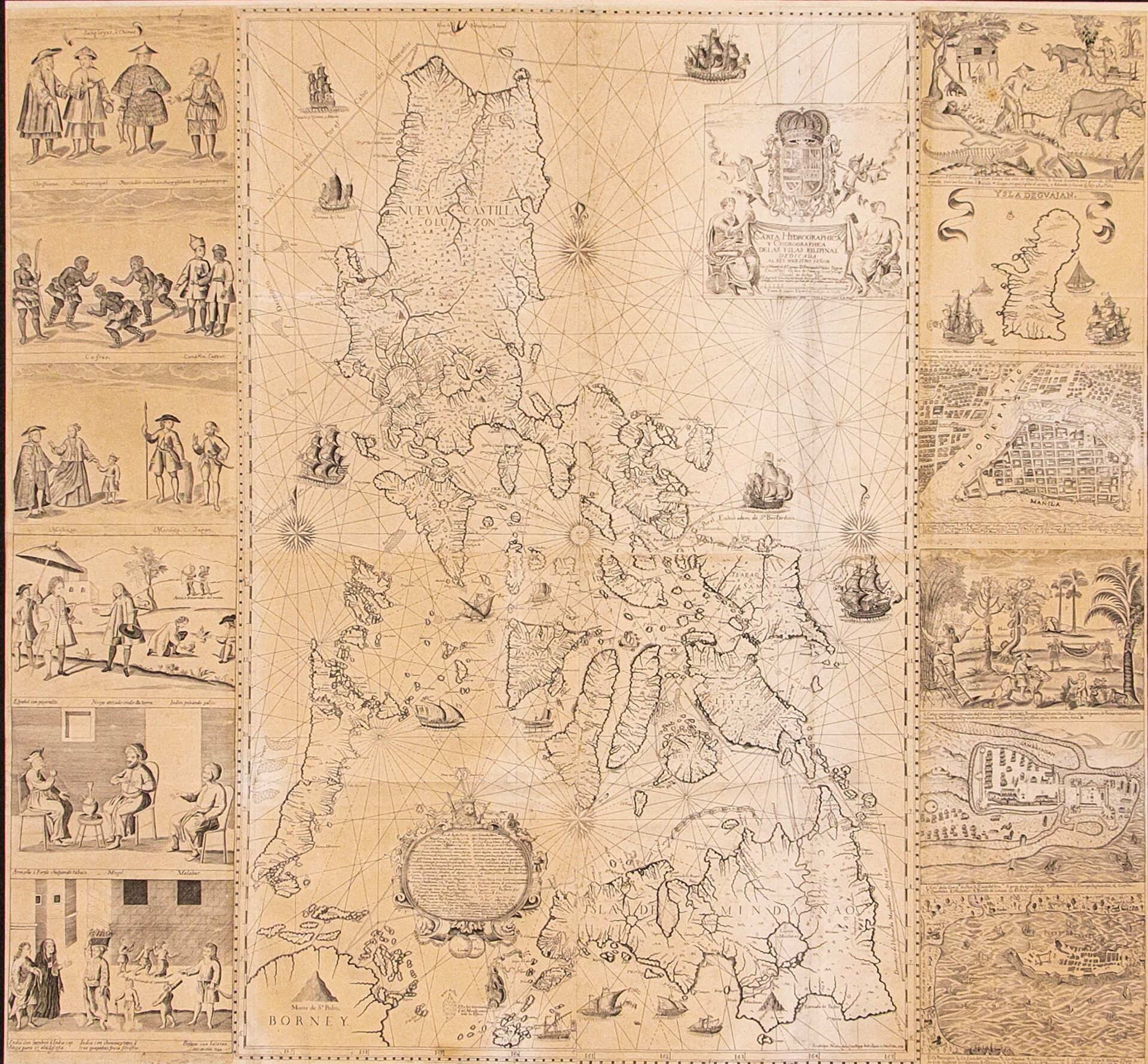
The latest exhibition in ACM is a case in point, she says, where the journey of discovery took her from Mexico to the Philippines and to many other related destinations. “And the challenge allowed me to bring in different participants from all these communities together to work on common objectives while learning from each other and realising that, despite some differences, we are pretty much the same.”
Lidia acknowledges that there are aspects of her work that are directly related to her values. “I have always been fascinated by our individual creativity as well as continuous learning and education. Getting such projects off the ground not only requires creating an abstract concept in your head but also intense research and learning to make sure you understand all the important and relevant details that can turn the concept into reality.”





To make it all coherent, one has to tell a story that goes across times, geographies and cultures, she explains. “Such detailed storytelling, in my opinion, is the best way for anyone to build a better appreciation of where they come from and to me, this has been the best way to get personal and in touch with my own heritage.
“I mean, I always knew I was Mexican, but today, as a result of my experience of working on this type of projects, I have a much better understanding of what that really means to me.”

